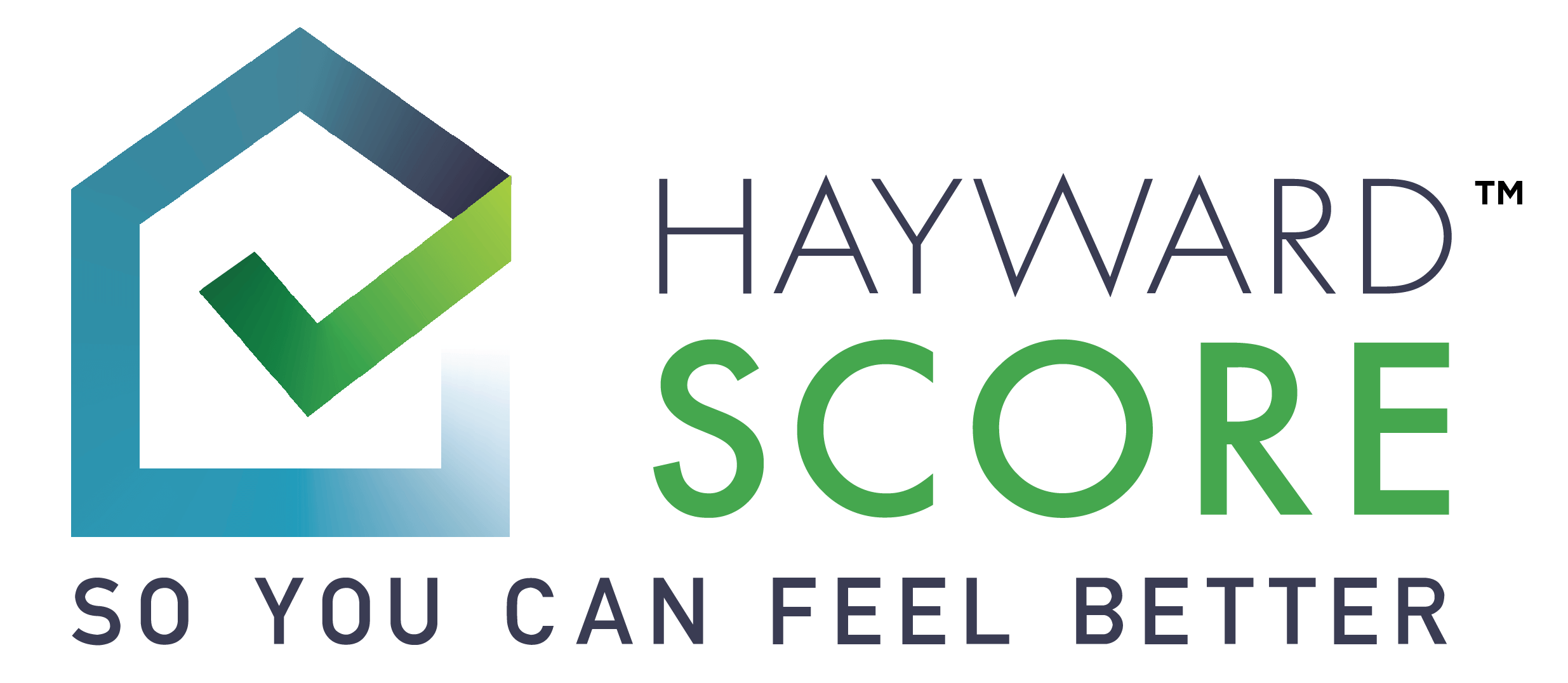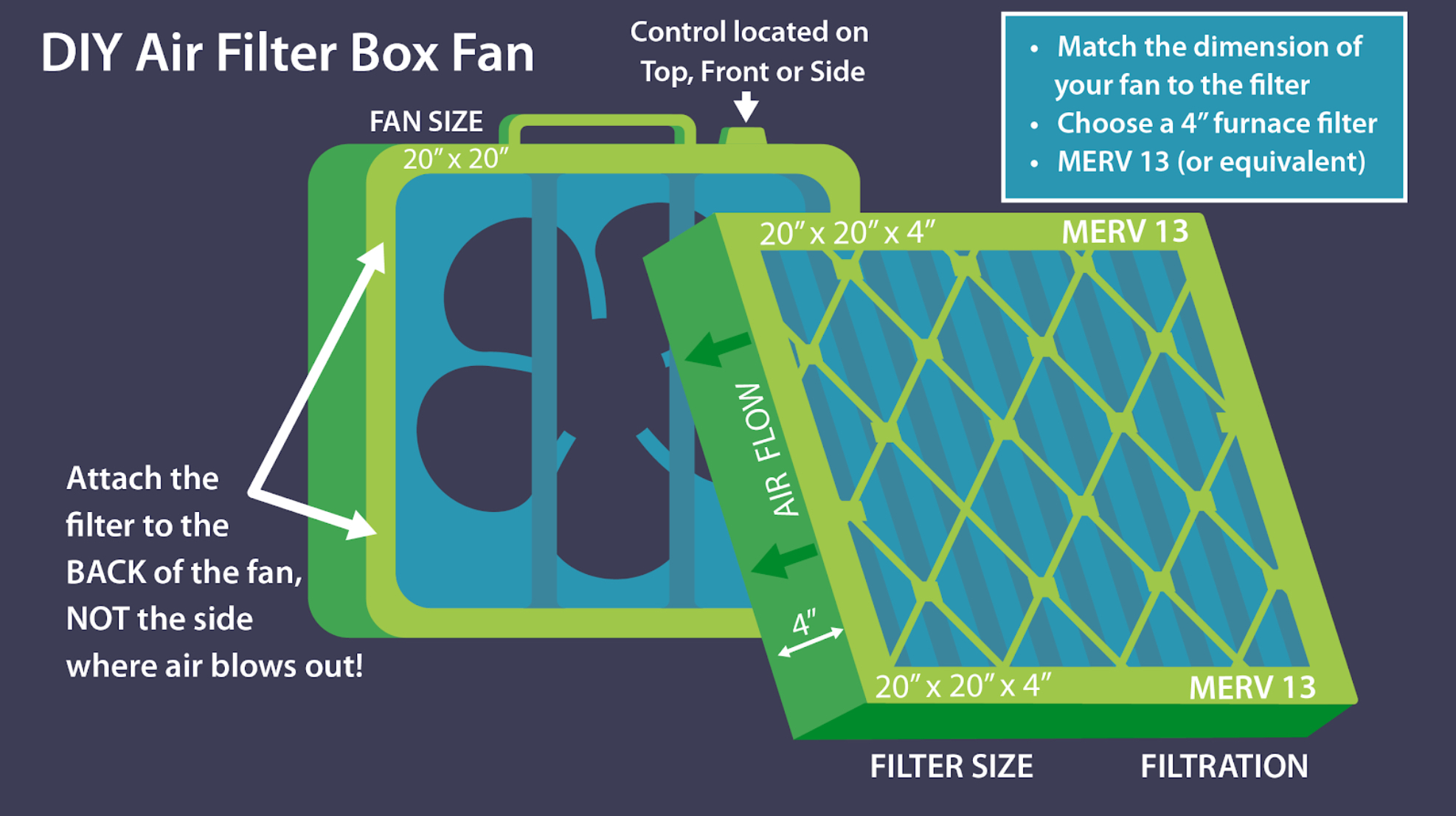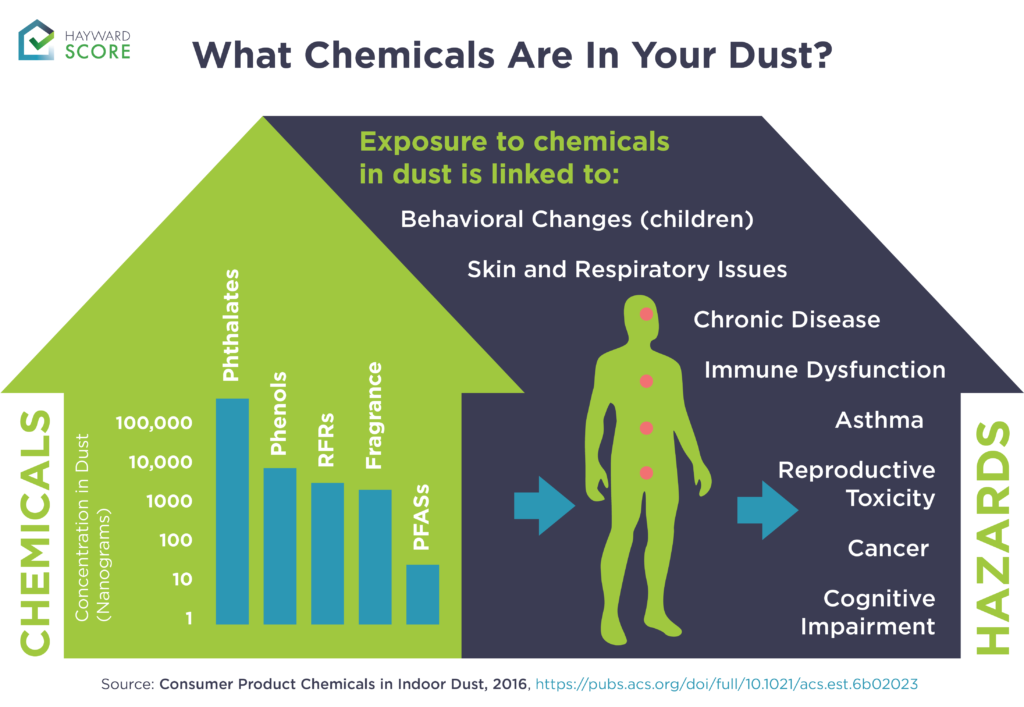 People tend to think that household dust is merely an unsightly nuisance… However, what we call “dust” is really a complex combination of particulates, dander, pollen, fibers, heavy metals, chemicals, mold spores, and more. This combination doesn’t just pose a cleaning problem; according to a 2016 Issue Brief by the National Resources Defense Council (NDRC) we also breathe dust:
People tend to think that household dust is merely an unsightly nuisance… However, what we call “dust” is really a complex combination of particulates, dander, pollen, fibers, heavy metals, chemicals, mold spores, and more. This combination doesn’t just pose a cleaning problem; according to a 2016 Issue Brief by the National Resources Defense Council (NDRC) we also breathe dust:
“Household items like televisions, furniture, beauty products, cleaning products, and flooring materials shed chemicals that end up in the air and in the dust on our floors. These chemicals can enter our bodies from air and dust when we breathe, touch contaminated surfaces, and accidentally transfer them to our food or mouth with our dusty hands. And some of these chemicals can contribute to health problems.”*
Among the most concerning components of household dust are the chemicals.
A 2016 meta-analysis found: “U.S. indoor dust consistently contains chemicals from multiple classes. Phthalates (make plastics more flexible) occurred in the highest concentrations, followed by phenols (various plastics), RFR (resorcinol-formaldehyde resin) (adhesive used in building materials and kitchen cabinets), synthetic fragrance, and PFASs (polyfluoroalkyl, fire resistance and stain repellency).”
These classes of chemicals are all known to impact human health in some way. In some cases, the effects are serious, and can include “reproductive toxicity, endocrine disruption, cognitive and behavioral impairment in children, cancer, asthma, immune dysfunction, and chronic disease.”**
Often, these health-damaging chemicals are a permanent presence in household dust, meaning that people are exposed at a low-level almost constantly. According to the 2016 study, here is what is likely in your dust (as they appeared in more than 90% of the dust samples studied):
Chemical (and class) |
Health hazards |
Common products containing this chemical |
| DEHP & DEHA (phthalate)
|
Reproductive system and developmental toxicity, hormone disruption
|
Vinyl flooring, food contact materials
|
| BBzP (phthalate)
|
Reproductive system and developmental toxicity, hormone disruption
|
Vinyl flooring
|
| DnBP & DiBP (phthalate)
|
Reproductive system and developmental toxicity, hormone disruption
|
Nail polish, paints, Vinyl products, personal care and beauty products
|
| HHCB (fragrance)
|
Unknown
|
Scented products
|
| TPHP & TDCIPP (flame retardant)
|
Reproductive and nervous system toxicity, cancer
|
Treated furniture, baby products, carpet padding, electronics
|
| HBCDD (flame retardant)
|
Reproductive and nervous system toxicity, hormone disruption
|
Polystyrene building insulation
|
| MeP (phenol)
|
Reproductive system toxicity, hormone disruption
|
Cosmetics, lotions, deodorants
|
How can you reduce your exposure to harmful chemicals in dust?
Most of us spend more than 90% of our time indoors, potentially inhaling and absorbing these chemicals all day long. Children are especially at risk, because they come into more direct contact with dust when they crawl or play on the floor, and they put their hands in their mouths. You can’t eliminate dust, but you can take simple steps to help minimize exposure:
- Make surfaces “cleanable.” Declutter to reduce the places for dust to gather.
- Wash your hands and your children’s hands frequently, and always before eating. Use regular soap (not anti-bacterial.)
- Regularly dust surfaces with a damp washable microfiber or electrostatic cloth.
- Regularly clean floors with a damp washable microfiber cloth or electrostatic cloth
- Regularly vacuum carpets and rugs with a high-efficiency particulate air (HEPA) filtered vacuum.
- Change your furnace air filter to a MERV 11 (or equivalent).
- Purchase an air purifier with a charcoal filter..
While you probably don’t need to panic about your exposures to chemicals in dust, minimizing exposure is likely best for your health in the long term.
A dollar won’t buy much today, but if you saved a dollar every day you would have over $20,000 by the time you retired. If those dollars were chemical exposures from dust you could have some serious health impacts.
For more, read our article 6 Steps to Minimize Dust at Home.
Sources:
* Not Just Dirt: Toxic Chemicals in Indoor Dust,” National Resource Defense Council (2016).
** https://pubs.acs.org/doi/full/10.1021/acs.est.6b02023
Hayward Score helps you discover how your home may be impacting your health in minutes – – for FREE!
Answer a quick set of questions then get a personalized list of action items. Transform your home and health today!
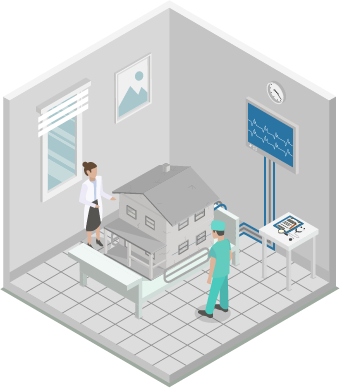
ARE YOU CONCERNED YOUR HOME IS MAKING YOU SICK?
Our guide on indoor quality will help you diagnose possible issues and implement intelligent solutions to improve the quality of the air inside your home.
